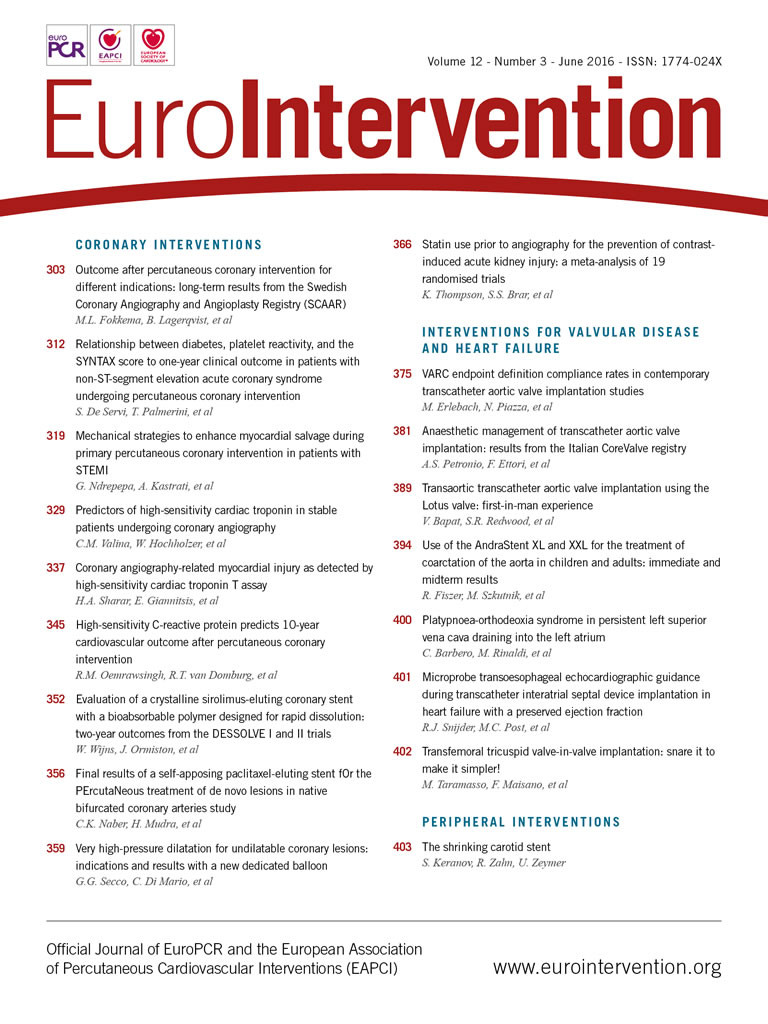
We thank the authors for their thoughtful discussion of our analysis1.
First, we agree that the study is underpowered to detect subgroups which may have greater benefit (or harm) from extracorporeal life support (ECLS). This also applies to subgroups which will not profit from ECLS due to a futile clinical situation. The current data should thus be interpreted with caution. As all patients analysed in the current study were in refractory cardiogenic shock (CS) with the likelihood of death deemed to be high in the absence of ECLS, our analysis does not challenge the whole concept of ECLS use in CS.
Second, CS frequently occurs in the elderly, as demonstrated by the SHOCK trial (mean age 66 years) and the IABP-SHOCK II trial (median age 70 years), and consequently inclusion of older patients may be interpreted as a strength of the current analysis2,3. In general, we agree that ECLS use may be primarily considered in younger patients, although age should not be the only criterion for a decision against ECLS therapy. Further, we believe that ECLS should also be considered as a bridge to recovery in the absence of concepts such as bridge to transplant or bridge to permanent left ventricular assist device.
Third, we agree that the timing of ECLS is of major importance and thus we discussed this in detail in the manuscript. Notably, the current analysis included primarily patients undergoing ECLS at day one of CS and no association of ECLS timing with mortality could be observed. This might in part be explained by the high invasiveness of ECLS with the subsequent high rate of complications. In general, ECLS was weaned gradually. The therapeutic concept was: i) weaning from vasopressors and inotropes following ECLS implantation, ii) optimisation of cardiopulmonary conditions while on ECLS (e.g., pulmonary decongestion), and iii) ECLS weaning. Weaning was considered in case of a stable clinical course for >24 hours without vasopressor support at stable respiratory conditions (e.g., FiO2 ≤40%, PEEP 8-10 mmHg). Blood flow was reduced gradually (~10 ml/kg/hour) with concomitant reduction of gas flow. If needed, ventilator settings were adapted (e.g., increase in FiO2) and moderate doses of inotropes were administered.
Fourth, only four patients underwent ECLS while still in cardiac arrest (4.8%). Of these, three patients died prior to hospital discharge and the survivor was alive at follow-up performed at 387 days.
Finally, we would like to point out that current data do not unequivocally support the concomitant use of an intra-aortic balloon pump (IABP)4. Recently, it has been demonstrated in a pig animal model that simultaneous use of IABP and ECMO is only useful in antegrade perfusion, whereas in retrograde femoro-femoral perfusion IABP impairs the mean arterial pressure and consequently the perfusion of the coronary arteries5. Further, we would like to clarify that the pump blood flow was initially set at 3 to 4 l/min and was increased to higher flow rates thereafter.
Conflict of interest statement
The authors have no conflicts of interest to declare.

